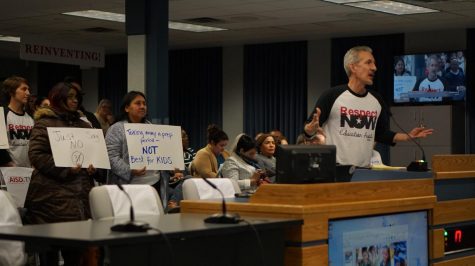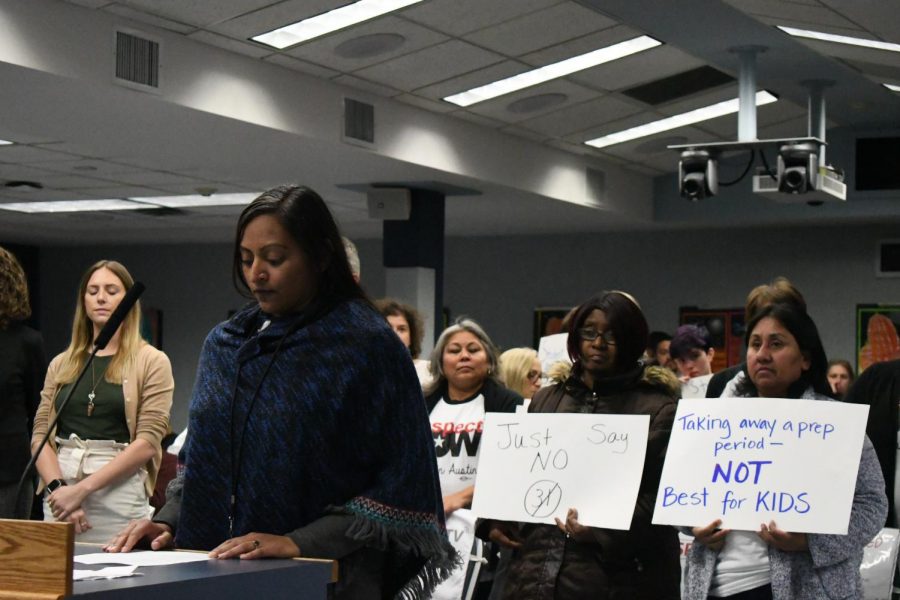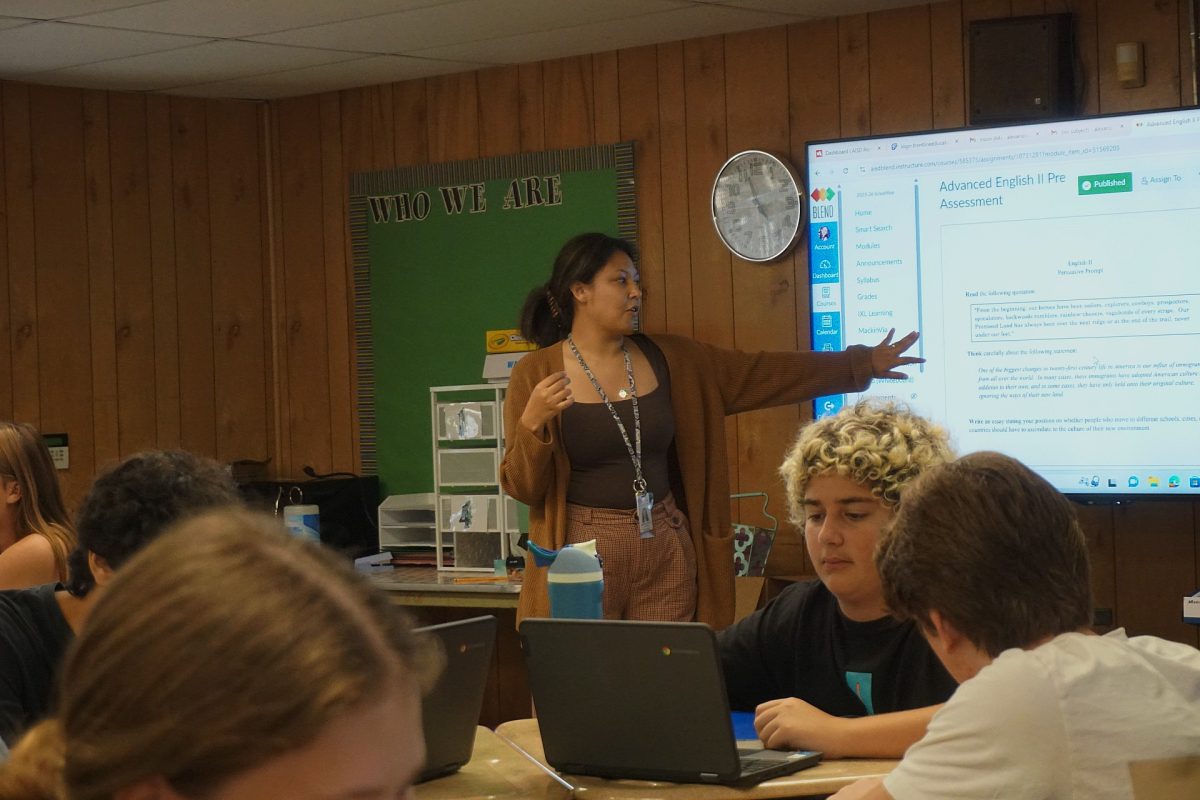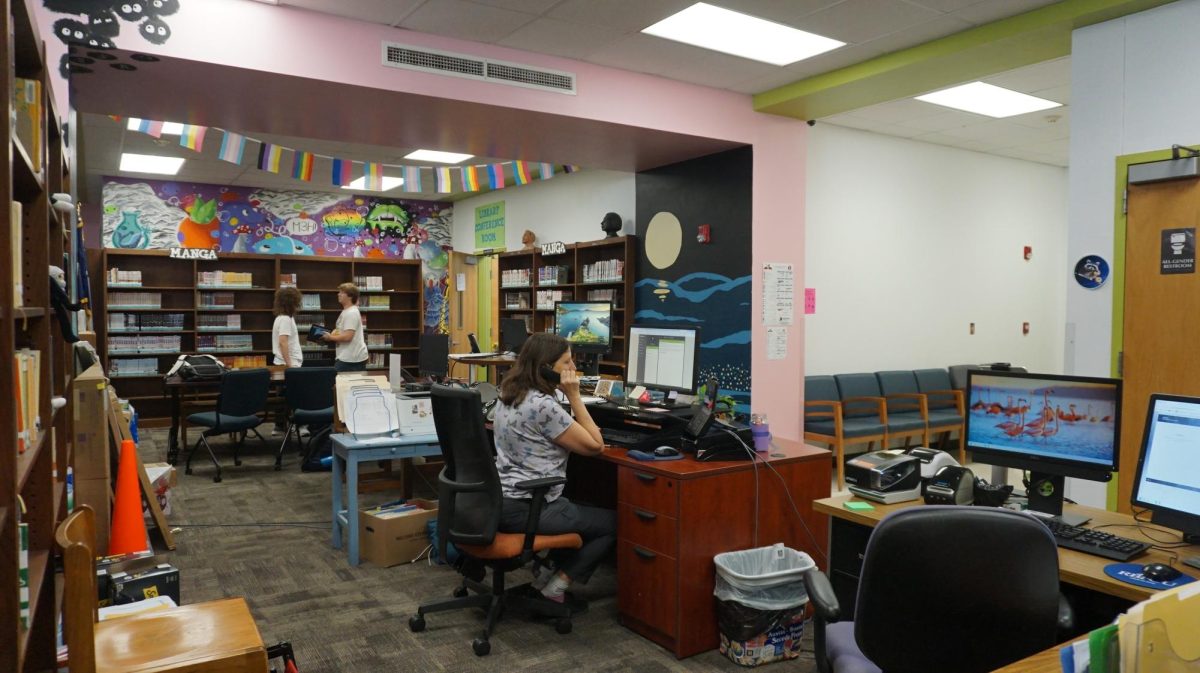Everyone is in fear of the measures the Austin Independent School District budgeting task force is willing to take in order to eliminate the $30 million budget deficit. At the rate AISD is going at right now, reserves will be exhausted within the next three years, and taxpayers will be sending $2.6 billion to the state over the next five years, only for it to be sent to property-tax poor districts other than AISD.
Where this would usually be ignored, it’s leaving a huge dent in the AISD budget as the district is seen as wealthy simply because Austin homeowners have high property taxes. That assessment of wealth is not as true in reality as it is on paper. But as a result, 35 percent of school taxes is being sent from AISD to the state as the district pays the greatest recapture rate in Texas. This vast outlay of money siphoned from AISD to smaller districts is coming from the property taxes in the City of Austin.
What’s kept AISD is peril so far is something called recapture. Basically, the recapture system takes money from high property-tax paying districts and redistributes it to property-poor districts supposedly to even out the playing field for Texas schools. The problem is, many Austin ISD schools and students families are just as poor or poorer than these small towns getting our money.
From AISD’s standpoint, they’re losing money too. Every student in AISD has a price tag on them. How high this price is depends on the student’s needs. For example, AISD receives more money for special education or ESL students.

What is making the situation even more difficult: students are leaving AISD schools for charter schools, and Eastside schools are under-enrolled, leaving the district with a $30 million deficit that could possibly balloon to be $70 million unless the district cuts costs.
The district is required to pay facilities for the entire building even if it’s not all being put to use. Due to under-enrollment in the East and the overpopulated schools on the West, a proposed solution is shutting down the Eastside schools and opening more schools on the Westside.
An example of the school board taking action is the Liberal Arts and Science Academy moving to another building on in the East while the second floor of LBJ high school is used as a health science magnet school to bring the population back from the Westside. Unfortunately, with the stagnant budget we have for healthcare professionals while spending money on relocating students, some schools will be left without nurses.
The problem is that AISD is losing students due to the increasing issue with the budget, and the budget tightening is the district’s way to stop the bleeding. Charter schools get a taste of the Texas budgeting too, but separate from AISD. The new charter schools are cutting into the budget as they are not a part of AISD but receive money from the state.
City officials have brought up raising city taxes while lowering school taxes to keep them from getting snatched up by the state. Though this isn’t the most typical way of getting out of a deficit dug ditch, desperate times call for desperate measures.








